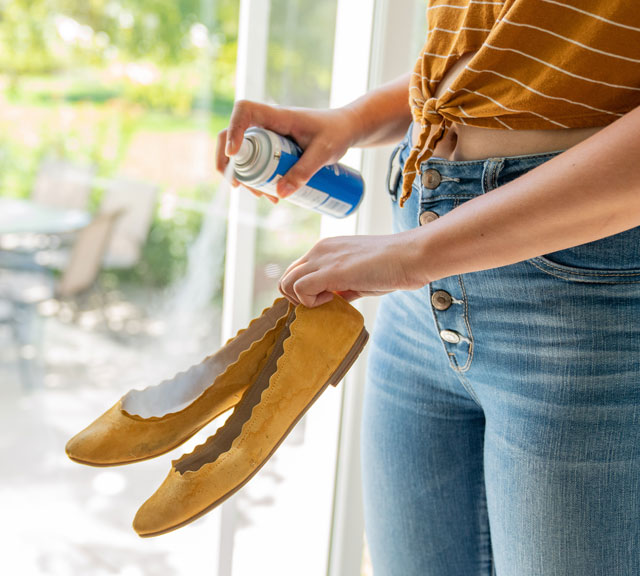Keep Your Nails Looking Good – and Healthy

Answer a few questions and we'll provide you with a list of primary care providers that best fit your needs.
If you enjoy a splash of color on your finger and toenails — or the sleek sheen of a French manicure — don’t forget about protecting your nails beneath the veneer.
Despite their tough appearance, nails can suffer from harsh chemicals and can pick up fungus or infections from poor hygiene practices during manicures and pedicures.
To keep your nails looking good, clean your feet thoroughly every day and scrub them with soap, maybe even using a long-handled brush. Hydrate your skin and nails with cream — but not between your toes, because fungus likes warm, moist places.
Use products available in salons and beauty stores to keep your nails and cuticles healthy.
Despite their tough appearance, nails can suffer from harsh chemicals and can pick up fungus or infections from poor hygiene practices during manicures and pedicures.
Tips at the Salon

When you visit a salon, protect your fingernails and toenails by following these tips:
- Make sure the salon disinfects foot tubs after each pedicure to avoid spread of fungus and infection.
- Be sure nail techs use disposable nail files and metal instruments disinfected after each use.
- Trim toenails straight across to avoid ingrown toenails. With fingernails, cut straight across and round the nails slightly. Never try to dig out an ingrown toenail yourself. See a doctor for help.
- Don’t cut or push back cuticles. This protective layer of skin safeguards the nails from bacteria and infection.
- Take your own pumice stone to the salon, since these can’t be sterilized.
- To prevent nail discoloration, apply a base coat of clear nail polish before using colored nail polish.
- Routinely wash your shoes or spray them with fungal disinfectant.
More Nail Care Advice
Don’t worry if white spots appear on your nails. They are harmless and will grow out. If darker areas appear on your nails, you may want to consult a doctor.
If your toenails are thick and difficult to cut, try soaking your feet in warm salt water for 10 minutes before cutting them. If that doesn’t work, see a podiatrist or dermatologist for help.
Wear flip-flops at public pools and showers to help prevent fungal infections.
You may think artificial nails are a good solution for covering up unsightly nails. But putting these nails on and taking them off can lead to thin, brittle, dehydrated nails. Also, moisture can get trapped in nail crevices, providing a place for bacteria and fungus to grow.
If you feel you must have them, reserve artificial nails for special occasions.
Take your nail polish off every now and then, and let your toenails [and fingernails] breathe a bit.
Finally, if your nails change, swell or cause you pain, see a podiatrist or dermatologist to explore possible causes and help restore healthy nails.
Answer a few questions and we'll provide you with a list of primary care providers that best fit your needs.
Source: American Academy of Dermatology; Global Nail Fungus Organization




